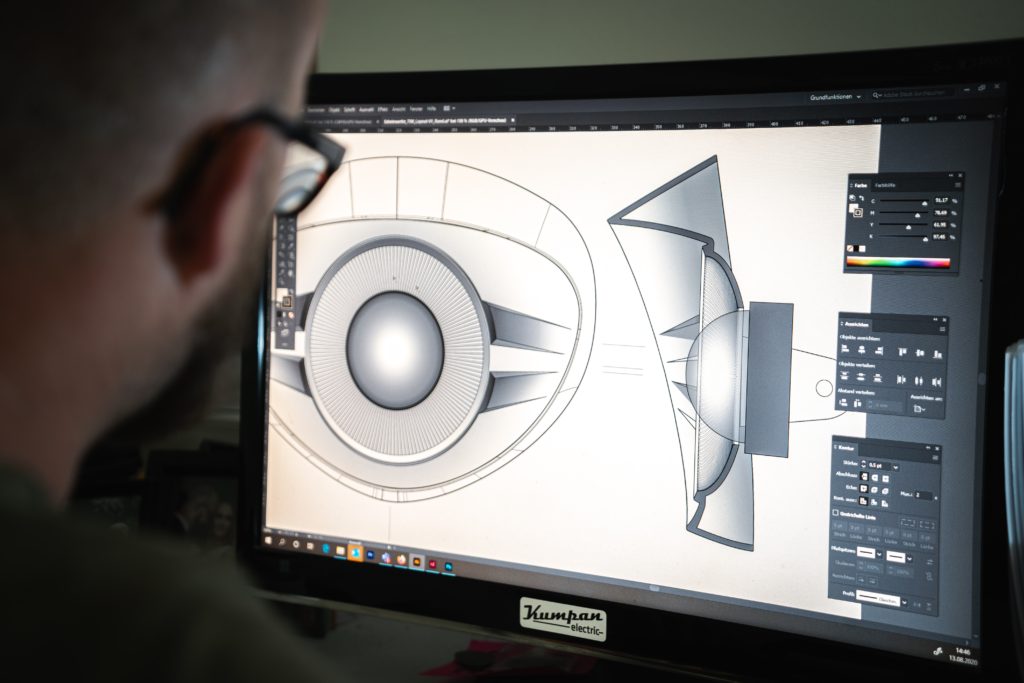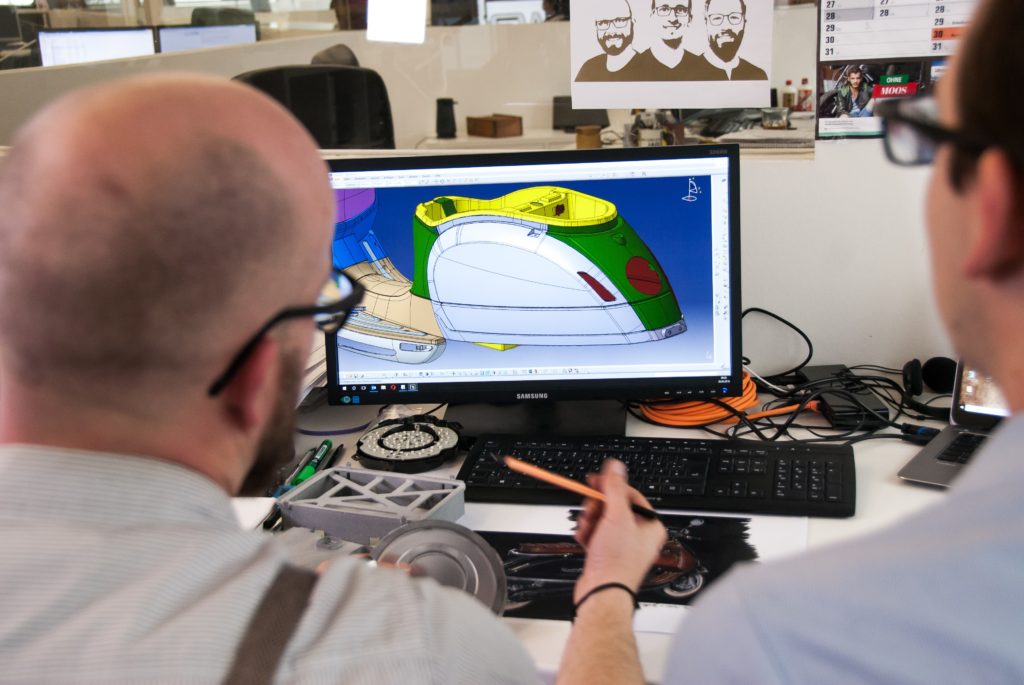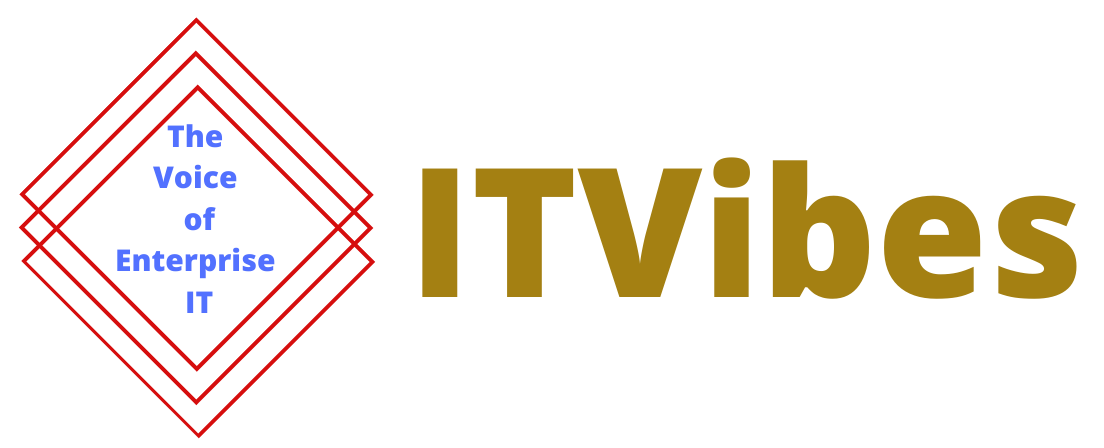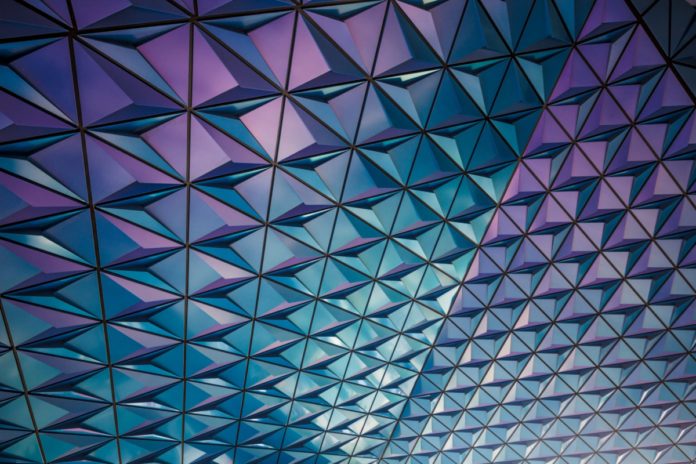Introduction
By 2050, it is predicted that 75% of firms would be run by Artificial Intelligence. This makes sense given AI’s potential to automate repetitive tasks and make other processes cheaper and more efficient.
But it’s also been shown to deliver higher quality results than human-created alternatives since it doesn’t get tired or become bored easily. In fact, many fields rely heavily on AI algorithms today even though the public may not realize it!
Generative AI is a branch of artificial intelligence that creates new and original ideas. It’s one form of machine learning, but it’s different from other forms because it can create entirely new works that are indistinguishable from human creations.
The use cases are exciting and scary. For example, if you gave an image to generative AI, it would create something completely new for you.
Generative AI, as defined by Gartner, is the use of AI techniques to learn from data and then use that data to create entirely new artefacts while maintaining similarity to the original data.
In this article, we’ll explore the uses of generative AI in creative industries such as music and art as well as how these technologies are being used by businesses today!
Let’s look at some of these possible use cases.
By 2026, generative AI will create 50% of new website and mobile app code using machine learning models
Gartner

Deep fakes for video surveillance
Deep Fake is the application that has garnered the most attention among the Generative AI use cases. Generative AI can be used to create fake videos, for example. It’s more than just predictive AI—it’s a form of AI that can create new content (like videos).
South Korean broadcaster MBN Channel presented news in late 2020. Everything seemed normal, except for the fact that the presenter on the screen was generated by AI. Moneybrain, the South Korean AI company and MBN plan to deploy AI-generated presenters for news as technology evolves.
Think about how this could be useful in surveillance: you could use generative AI to spot people who are trying to hide their identity when they’re committing crimes. This would help with your security efforts.
Generative AI could also be used for generating images or 3D models that look real but aren’t actually real!
Related read: What is Generative AI? The Gartner view
New content generation for entertainment
Generative AI can be used to create new content in all forms, from music and art to video.

For example, a team of researchers created a Generative Adversarial Network (GAN) that writes its own horror stories based on a corpus of preexisting horror stories. They’ve even created an interactive website where you can read the generated stories and rate them.
Another group of researchers used generative models to generate short videos of people walking around New York City streets or sitting in cafes, which are then stitched together into seamless videos with coherent motions for each person.
The resulting videos are convincing enough that they can fool humans into thinking they’re real—and yet they were generated entirely by computers!

The technology is still in its infancy, but it’s easy to see how this could be used to create new content.
As an example, consider the following question: “How many musicians would it take to create a song?” In the past, you’d need an artist and a producer to work together on each song; now, with AI-generated music, there’s no need for humans at all!
Generative design for engineered parts
Generative AI use cases are not limited to art and entertainment.
Automated manufacturing is a well-established practice. However, the same cannot be said of automated part design.
Generative AI can help designers create new parts with enhanced functionality and customisation. It can also be used to engineer more complex products, such as aircraft wings or high-performance engines.
The advantage of using generative AI over traditional CAD software is that it requires less human input and provides greater flexibility in terms of the final product—for example, you can specify your requirements and let the AI come up with several designs based on these criteria.

Generative AI use cases in Education
- AI can be used to create educational content. AI, in the form of machine learning and natural language processing, has become a key component of many education technologies. These technologies are being used to create educational content that is personalized, adaptive and engaging.
- AI can be used to create educational content with gamification.
- Generative AI systems have been built that can design their own games based on a set of parameters provided by a human (e.g., “I want my game to have 3 sounds and 4 levels”). These systems then generate games based on these parameters using sophisticated algorithms that take into account factors such as difficulty level or engagement duration/frequency/repetition rate with each level completed correctly before moving on to the next one etc.
- The benefit here is that these systems can potentially generate thousands if not millions of different types of interactive experiences for users. This would otherwise require huge amounts of resources including highly skilled developers & artists etc to create them manually over time at a high cost for every project!
- AI can be used for educational assessments. AI can be used to make decisions based on criteria: It’s possible for a computer process to outperform humans when it comes to making certain decisions by evaluating and taking into account specific factors.

Generative AI can be used in a number of innovative ways
It can be used to create content, such as music and art that humans are not able to make otherwise. Generative AI is also great for developing new designs, like clothing or furniture, or even architecture.
For example, if a business wants to develop an app that predicts the weather based on location and time of day, it could use generative models instead of hand-coding each feature individually.
Finally, generative AI can be used for surveillance purposes. By analyzing data from cameras around public spaces and streets (like traffic lights or street signs), it’s possible for computers to detect whether something dangerous is about to happen—and alert authorities before anything happens!
Challenges galore
While generative AI has a number of use cases and more are developing, it can also be problematic. For example, Generative models can also be used for surveillance purposes like facial recognition software or even reading peoples’ minds with brain scans!
Also if a company wants to develop an app that predicts the weather based on location and time of day but doesn’t want users to know where they are being tracked all the time, they might not want their algorithm to learn from all available data.
In addition, generative AI can be used to create fake news and hoaxes.
Conclusion
It’s clear that generative AI has many uses, and we have just scratched the surface. We’re excited to see what comes next for this technology as it grows in popularity and becomes more accessible to everyday users. As technology continues to become more user-friendly, our world will be transformed by Generative AI in ways that only now can we begin imagining.












